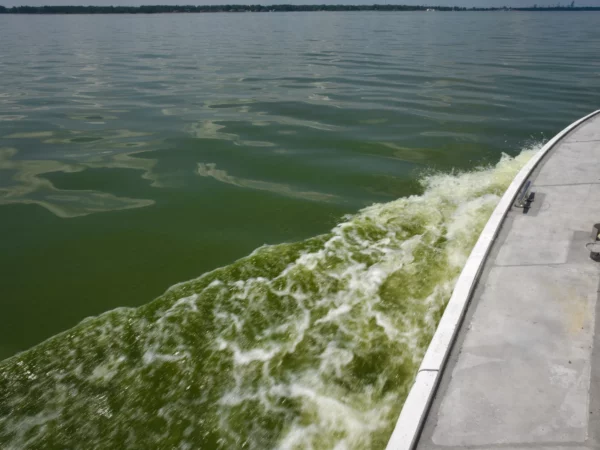
FLINT, Mich. (AP) — A judge on Tuesday ordered Flint to check for lead or galvanized steel water lines in neighborhoods built since the 1990s, despite the city’s belief that the homes have copper pipes.
Flint is in the homestretch of digging down to water lines at more than 20,000 properties and replacing them if necessary, the result of a deal that settled a lawsuit by residents and the Natural Resources Defense Council. But the city has been reluctant to turn dirt at 180 homes in the University Park and Smith Village neighborhoods.
Flint officials believe it’s unlikely that the neighborhoods have lead or steel lines because the homes were built in the 1990s or later. But U.S. District Judge David Lawson said a deal is a deal.
“The parties agreed that physical excavation at all eligible homes was the only permissible method of verifying service line composition,” Lawson said.
Flint’s water system was contaminated by lead in 2014-15 when corrosive water flowed through old pipes and into homes. The city was pulling water from the Flint River but failed to properly treat it.
The judge noted that property owners still can refuse the work. The city said the cost of adding the neighborhoods could be around $300,000. Nearly $100 million in state and federal money is being used for the water line project.
Read more Flint news on Great Lakes Now:
Whitmer: $600M Flint water deal a step toward making amends
Source: Michigan reaches $600M deal in Flint water crisis
Court: Flint class-action can proceed over lead in water
Michigan Supreme Court hears case over Flint water liability
Beyond Flint: Environmental justice water woes impact many other urban communities study says
Featured image: A view of Saginaw Avenue in downtown Flint, Mich, Thursday, Aug. 20, 2020. (AP Photo/Carlos Osorio)




